Tofu, a versatile and nutritious food, has been a staple in Asian cuisines for centuries. In this article, we’ll explore the fascinating history and origin of tofu, as well as its numerous health benefits and various types. From there, we’ll dive into different cooking methods and provide you with an array of delectable tofu recipes for you to try out.
History and Origin of Tofu
Tofu, also known as bean curd, is a popular plant-based protein that originated in China over 2,000 years ago. Although the exact origins of tofu are still debated, it is widely accepted that it was first discovered during the Han dynasty (206 BC–220 AD) in China.It is believed that tofu was accidentally invented when a Chinese cook mixed fresh soy milk with nigari, a form of natural magnesium chloride found in sea water, causing the soy milk to curdle and form soft, white curds.Over time, tofu became a staple ingredient in various Asian cuisines, including Chinese, Japanese, Korean, Vietnamese, and Thai. Tofu was introduced to Japan during the Nara period (710–784) by Buddhist monks and quickly gained popularity as a nutritious and versatile protein source among vegetarians and those following a Buddhist diet, which typically avoids animal products. Meanwhile, in Korea, tofu was first recorded in the Goryeo Dynasty (918–1392) and is now widely used in traditional dishes like sundubu-jjigae and dubu-kimchi.As the popularity of tofu spread across Asia, it eventually made its way to other regions around the world, gaining traction in Western countries during the 20th century. In the United States, the rise of the health food movement and an increasing awareness of plant-based diets have helped tofu become a mainstream ingredient in grocery stores and restaurants.Tofu, enjoyed by millions of people worldwide, is appreciated for its versatility in cooking and its potential health benefits as a high-quality source of plant-based protein.
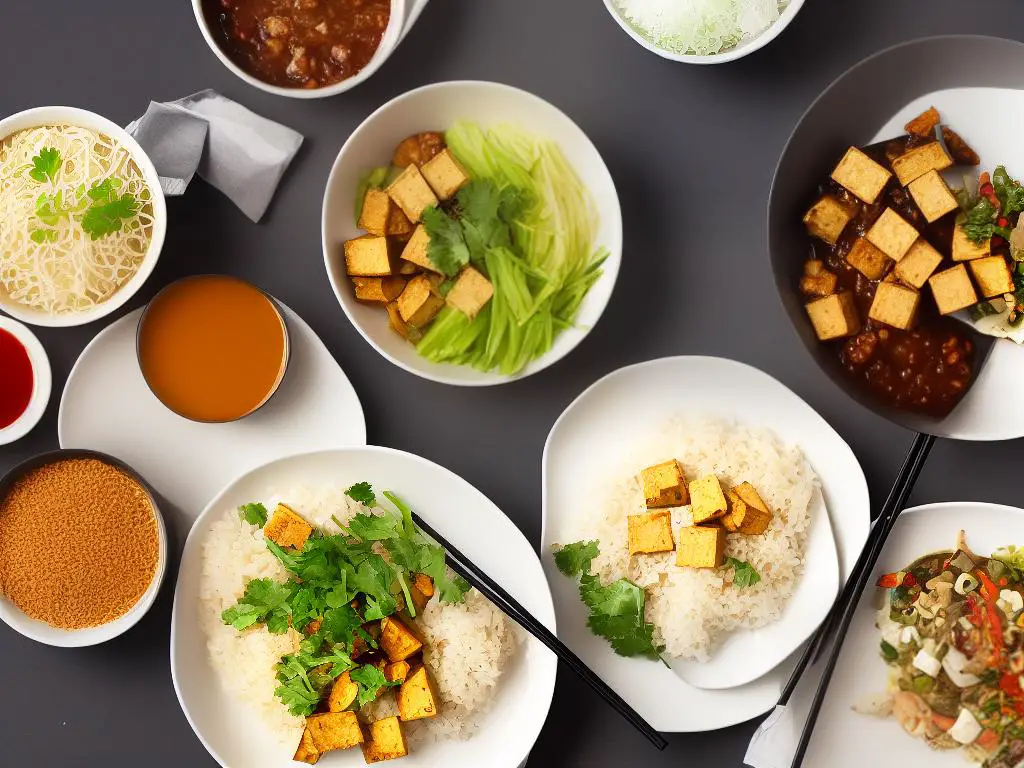
Health Benefits of Tofu
Also known as bean curd, tofu is a versatile and nutritious food derived from soybeans. Its status as an excellent source of plant-based protein makes it an ideal option for those following vegetarian or vegan diets. Besides protein, tofu is packed with essential nutrients like iron, calcium, and magnesium, which contribute to bone health, muscle function, and overall well-being. Moreover, tofu contains unsaturated fats known to help lower cholesterol levels and reduce the risk of heart diseases.
Another health benefit of tofu is its potential to improve digestion and gut health. Tofu contains isoflavones, which are compounds found in soybeans that have been shown to have positive effects on gut bacteria, thereby promoting a healthy digestive system. Furthermore, tofu is low in calories yet high in filling nutrients, making it beneficial for weight management and overall health. The isoflavones in tofu have also been linked to a reduced risk of developing certain types of cancers, including breast and prostate cancer.
Tofu, also known as bean curd, is a versatile, protein-rich food made from the curdled milk of soybeans. Its versatility contributes to its health benefits, as it can be easily incorporated into a wide variety of dishes, making it convenient for those looking to adopt a plant-based or vegetarian lifestyle. Tofu can be pan-fried or grilled, added to soups or smoothies, and even used as a base for desserts. Its mild flavor and various textures enable individuals to adapt it to suit their specific tastes and dietary preferences, providing not only an array of health benefits but also an enjoyable and conscientious eating experience.
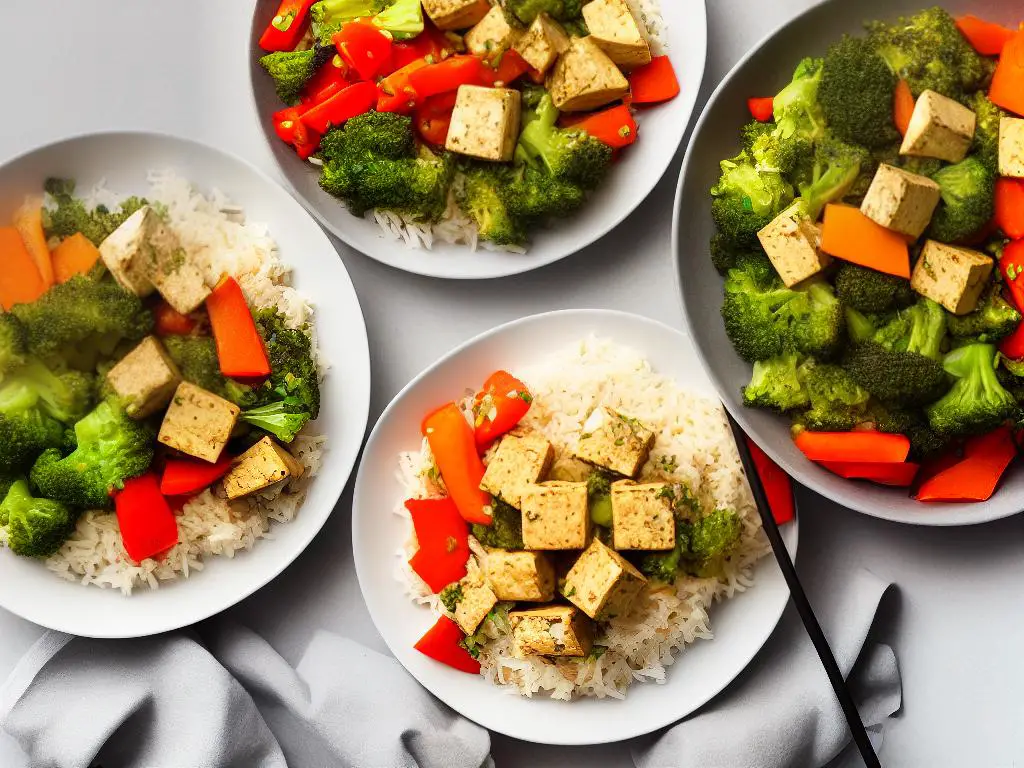
Types of Tofu
There are several types of tofu available in the market, differing in texture and firmness. Soft tofu, or silken tofu, is made by coagulating soy milk without curdling it, resulting in a smooth, custard-like texture. Silken tofu is softer compared to other types of tofu and is often used in soups, smoothies, and desserts, as it easily blends with other ingredients. By incorporating various types of tofu into one’s diet, people can enjoy diverse and nutritious meal options.
Firm tofu and extra-firm tofu have a denser texture and are made by pressing soybean curds to remove the excess liquid.
Due to their more solid structure, they hold their shape better when cooked and can be sliced, cubed, or crumbled for use in various dishes.
Firm tofu is ideal for stir-fries, grilling, and baking, while extra-firm tofu can be used in recipes that require a substantial texture, such as in hearty stews and meat substitutes.
Both firm and extra-firm tofu can be marinated to enhance their flavors, and they easily absorb the taste of the other ingredients they are cooked with.
Another variety of tofu that has gained popularity in recent years is sprouted tofu.
It is made from sprouted soybeans, which are said to be easier to digest and boast higher levels of nutrients compared to non-sprouted soybeans.
Sprouted tofu is available in different levels of firmness, resembling traditional tofu, and can be used interchangeably in recipes.
No matter the type or texture, tofu is known for its ability to absorb flavors and adapt to a wide range of cuisines, making it a versatile and nutritious addition to various dishes.
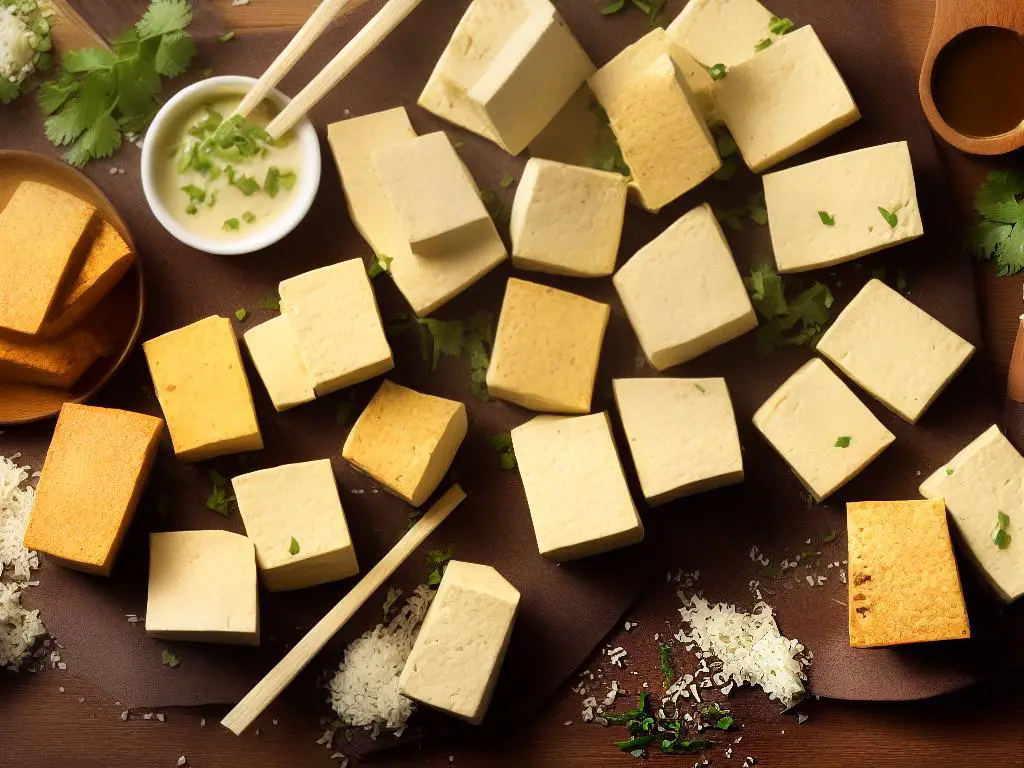
Cooking Methods for Tofu
One popular cooking method for tofu is frying, which can be done in different ways to achieve varying textures and flavors. Shallow frying or pan-searing tofu involves cooking it in a small amount of oil in a hot pan until it’s golden brown and crispy on all sides. This technique is perfect for incorporating tofu into stir-fries, salads, and wraps. Deep frying, on the other hand, completely submerges the tofu in hot oil, resulting in a crispy outer layer, while maintaining a tender inside. Deep-fried tofu can be enjoyed as a snack, or used in dishes like curry or noodle bowls.
Baking tofu is another excellent method that offers versatility for creating different textures and flavors. To bake tofu, drain and press it to remove excess moisture, then cut it into desired shapes or sizes. To enhance its taste, marinate the tofu in your choice of sauces or spices before baking. Spread the tofu pieces evenly on a lined baking sheet and bake them at 350°F for 25-35 minutes, flipping halfway through, until the desired crispness is attained. Baking tofu provides a healthier alternative to frying, as it requires less oil while still achieving a crispy exterior.Grilling is a fantastic way to prepare tofu, particularly during the warmer seasons when you can enjoy its smoky, charred flavor. Before grilling, make sure to drain, press, and slice the tofu into thick slabs or skewer-friendly cubes. Marinating the tofu adds extra flavor and helps prevent it from sticking to the grill. Preheat the grill and lightly oil the grates to prevent the tofu from sticking. Cook each side for a few minutes until grill marks appear, and the tofu becomes firm and slightly charred on the outside. Grilled tofu is a delicious addition to salads, sandwiches, or as a main course protein served with your favorite side dishes.
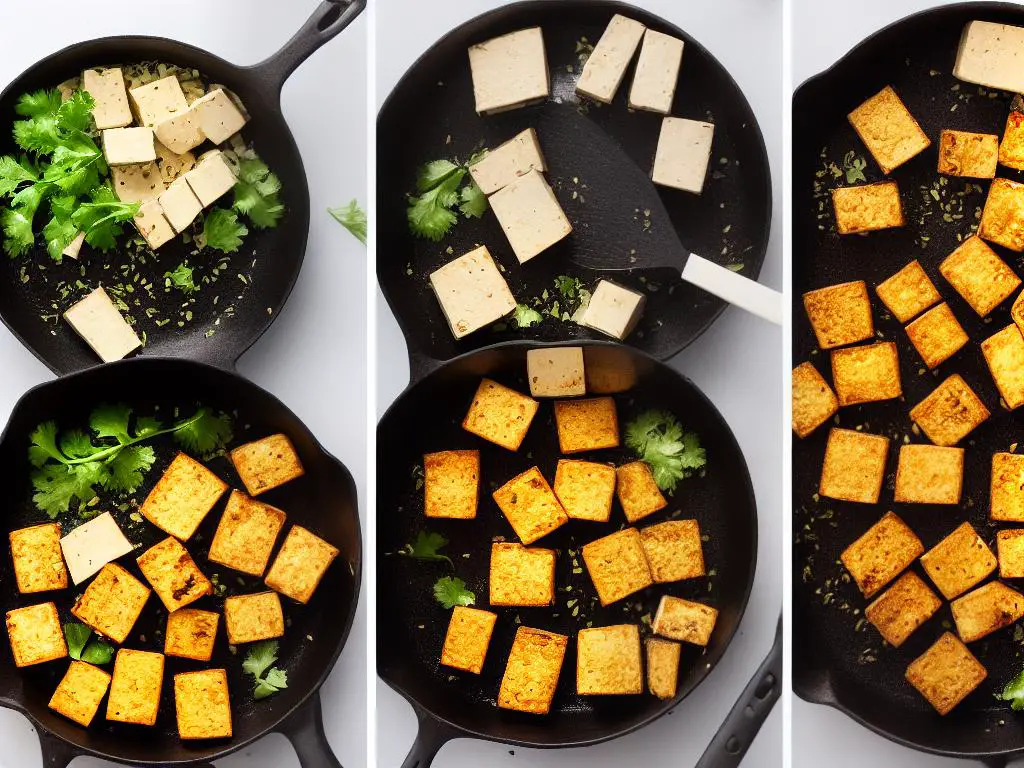
Tofu Recipes
Tofu, or bean curd, is a versatile, nutritious, and protein-rich food made from soy milk. It is a popular ingredient in various cuisines around the world, particularly in Asian dishes. With its subtle taste, tofu serves as the perfect canvas to absorb flavors from other ingredients in a recipe. It comes in different forms, such as silken, soft, firm, and extra-firm, with each type suitable for specific recipes. Beyond grilling, tofu can be pan-fried, stir-fried, baked, and even used in smoothies and desserts, showcasing its incredible versatility.
When it comes to tofu dishes, the options are plenty and cater to various taste preferences. For savory dishes, tofu can be marinated and pan-fried, then incorporated into salads, sandwiches, or grain bowls. As a plant-based protein option, it works well in popular dishes like tofu scramble (a vegan alternative to scrambled eggs), tacos, or pasta dishes. In Asian cuisines, tofu is often used in dishes such as mapo tofu (a spicy Sichuan dish with tofu and ground meat in a chili sauce), agedashi tofu (a Japanese appetizer with crispy fried tofu served in a soy-based sauce), and miso soup (with tofu cubes and seaweed). Tofu can also be used as a meat substitute in curries, stir-fries, and noodle dishes, making it ideal for vegetarian and vegan diets.
Moreover, tofu can also be used in a variety of dessert recipes, proving its exceptional adaptability as an ingredient. Silken tofu, known for its smooth, creamy texture, works exceptionally well in non-dairy and vegan desserts like tofu cheesecake, chocolate mousse, and fruit-based smoothies. By blending silken tofu with ingredients like cocoa powder, sugar, and vanilla extract, it transforms into a creamy, indulgent treat that is perfect for satisfying your sweet tooth without any guilt. In Asian confections, tofu is also used to make dishes like douhua (a soft Chinese tofu pudding served with sweet syrup) and taho (a Philippine dessert made of silken tofu, sugar syrup, and tapioca pearls). Whether you choose to explore savory or sweet tofu recipes, one thing is for sure: the possibilities are virtually endless when it comes to creating diverse dishes with this humble ingredient.
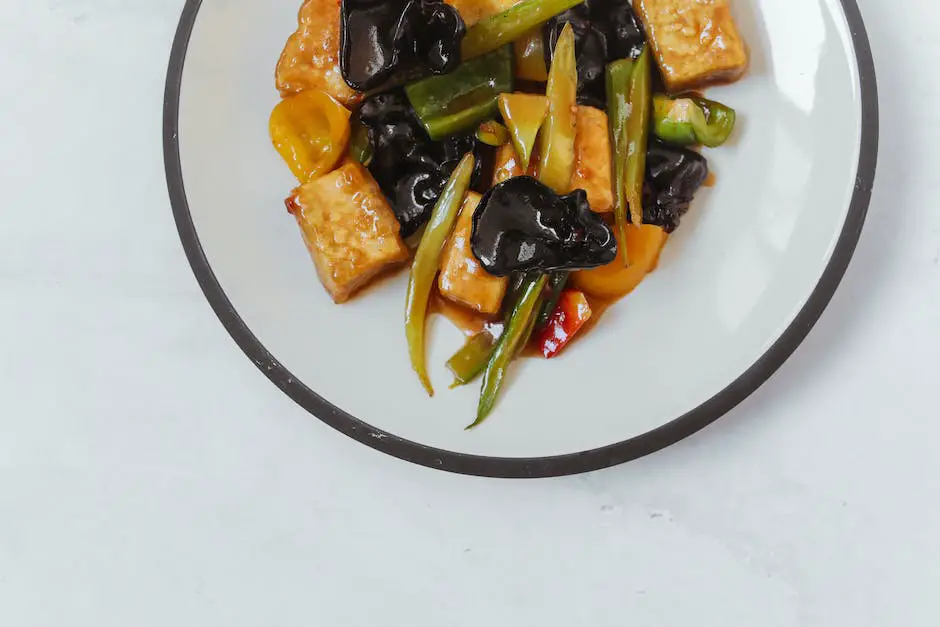
Now that you have a better understanding of tofu’s rich history, its myriad health benefits, and the various types available, you’re well-equipped to incorporate this wonderful ingredient into your cooking repertoire. With a plethora of cooking techniques and delicious recipes at your disposal, there’s no limit to what you can create using tofu. So, go ahead and unleash your inner chef, experimenting with this versatile and nutritious ingredient in your favorite dishes or discovering new ones.